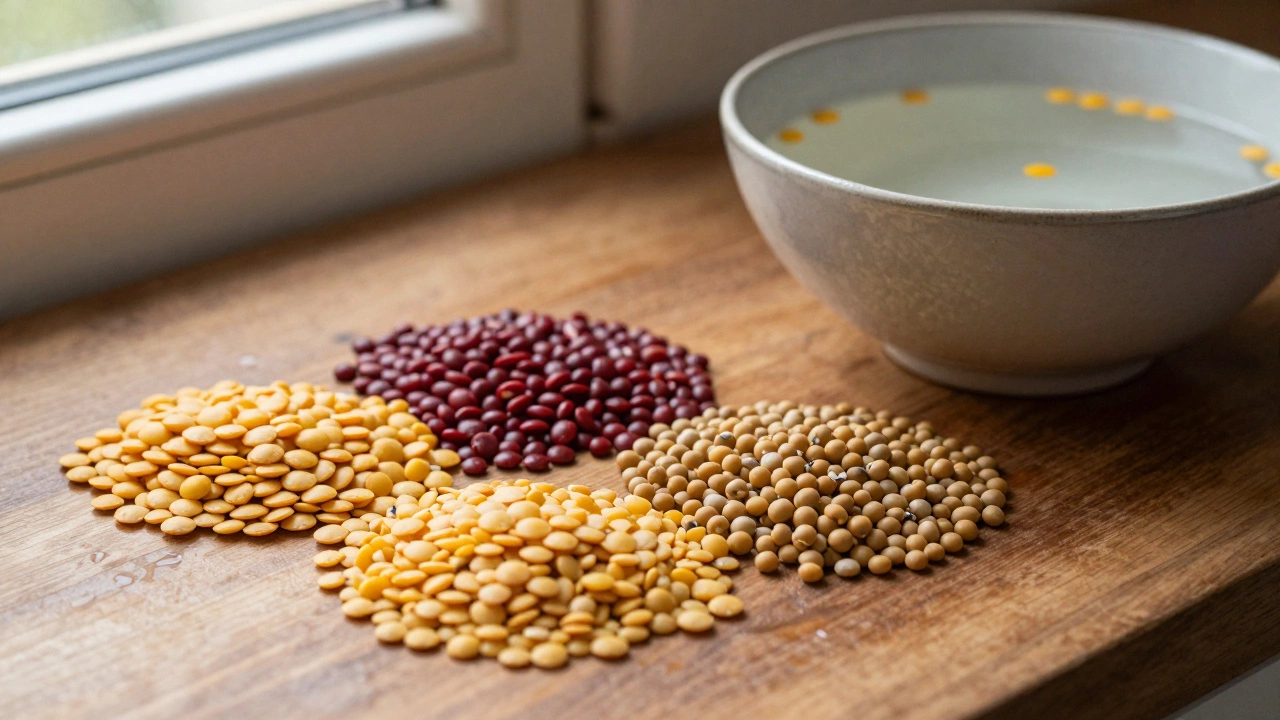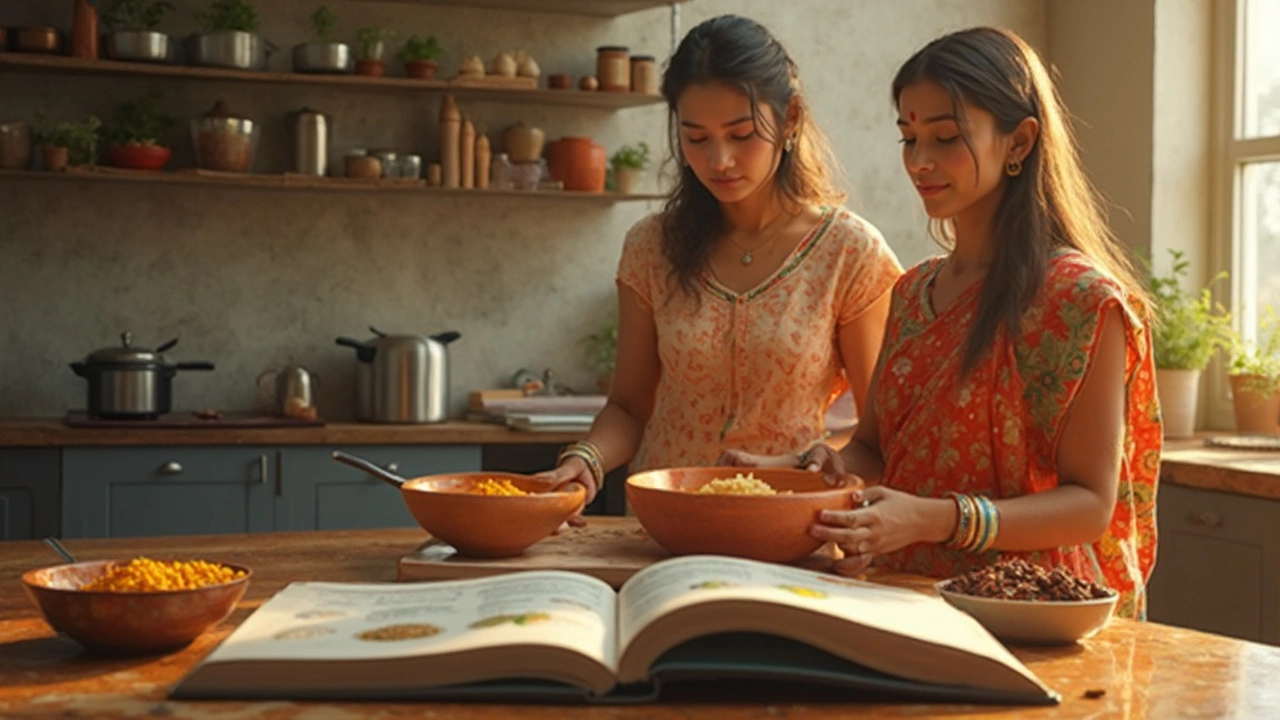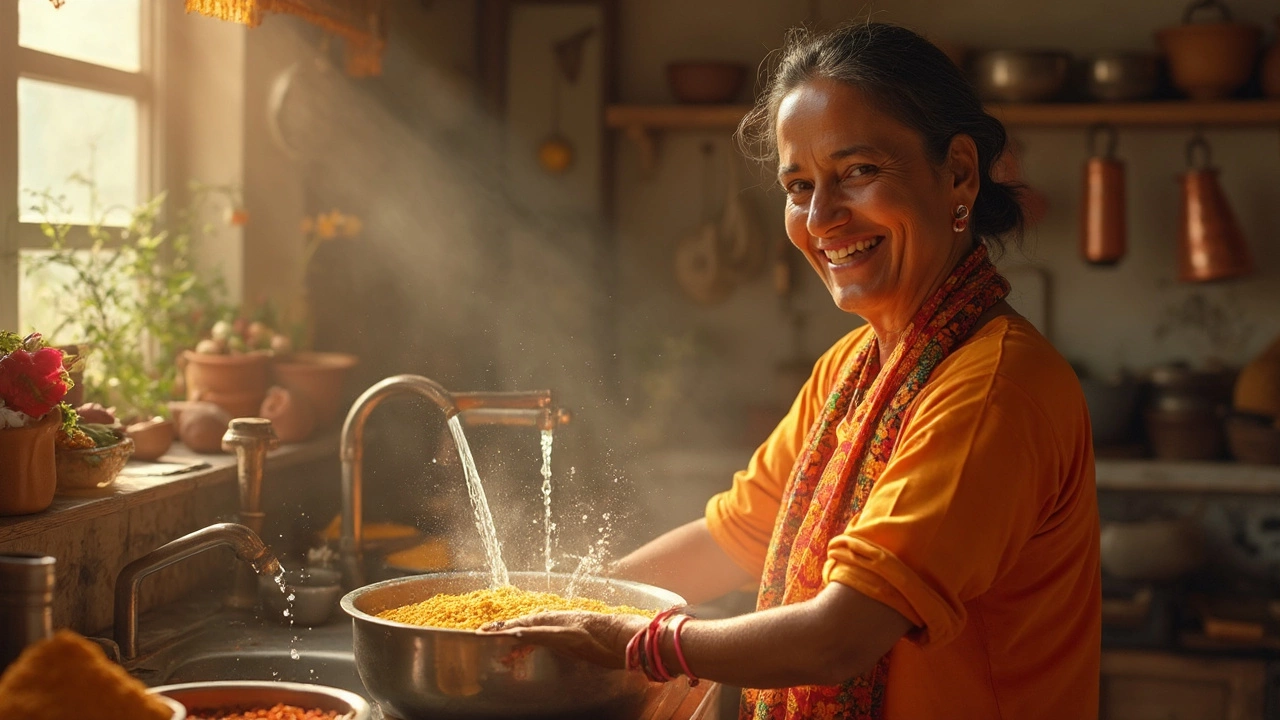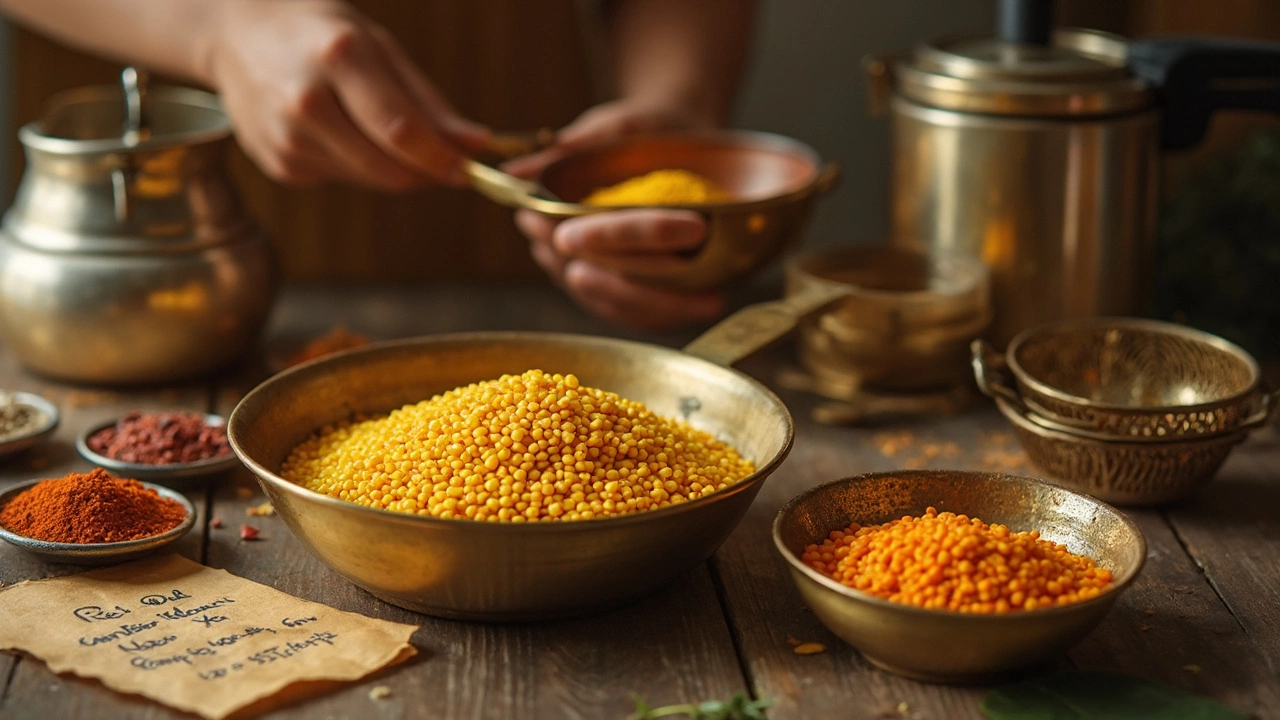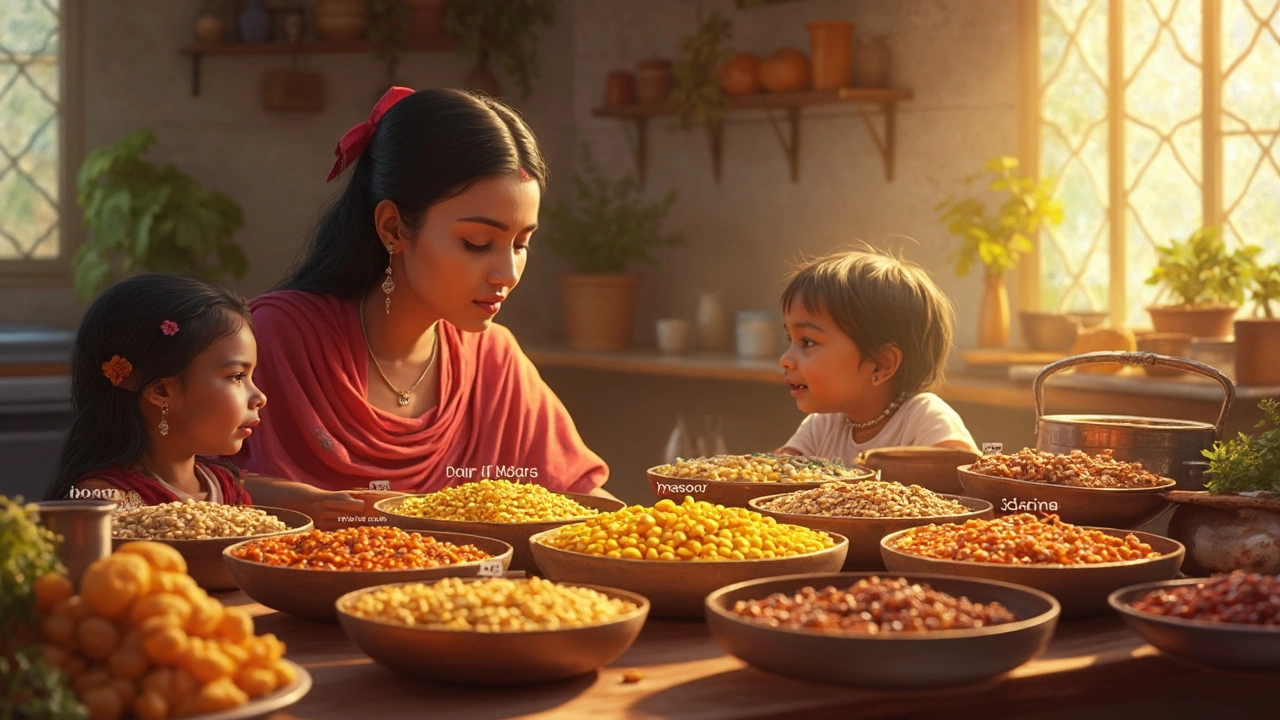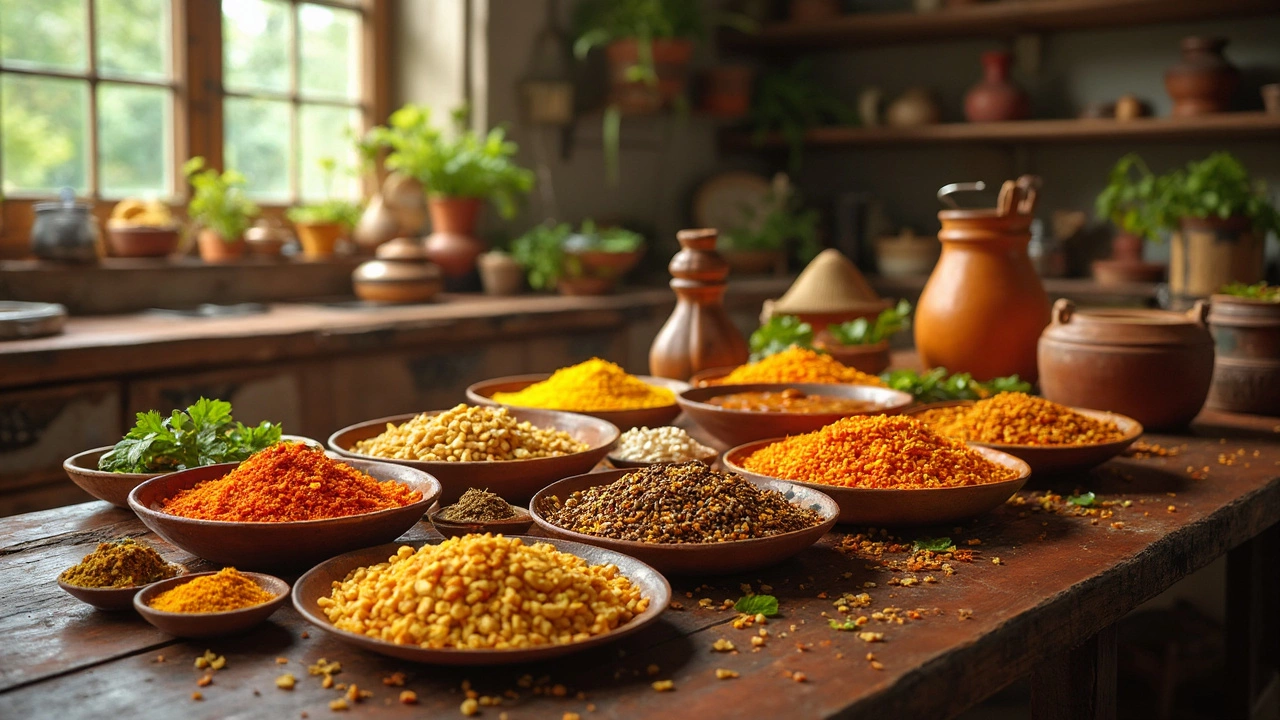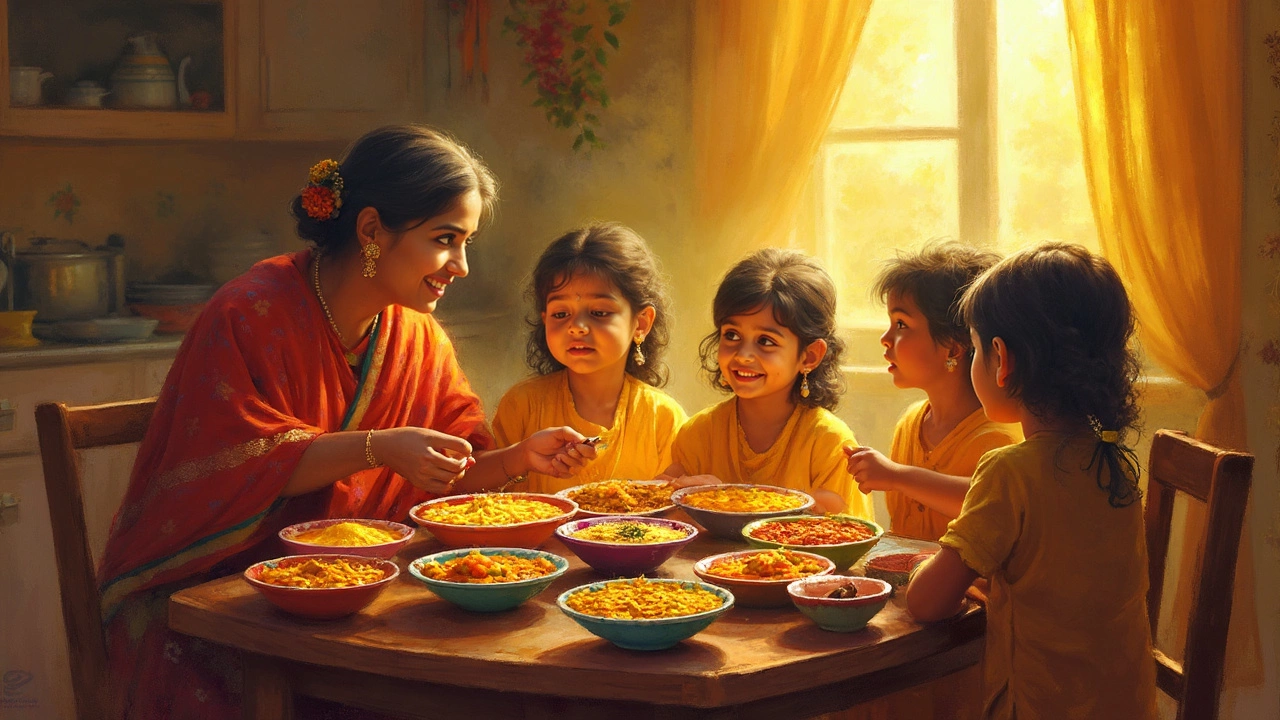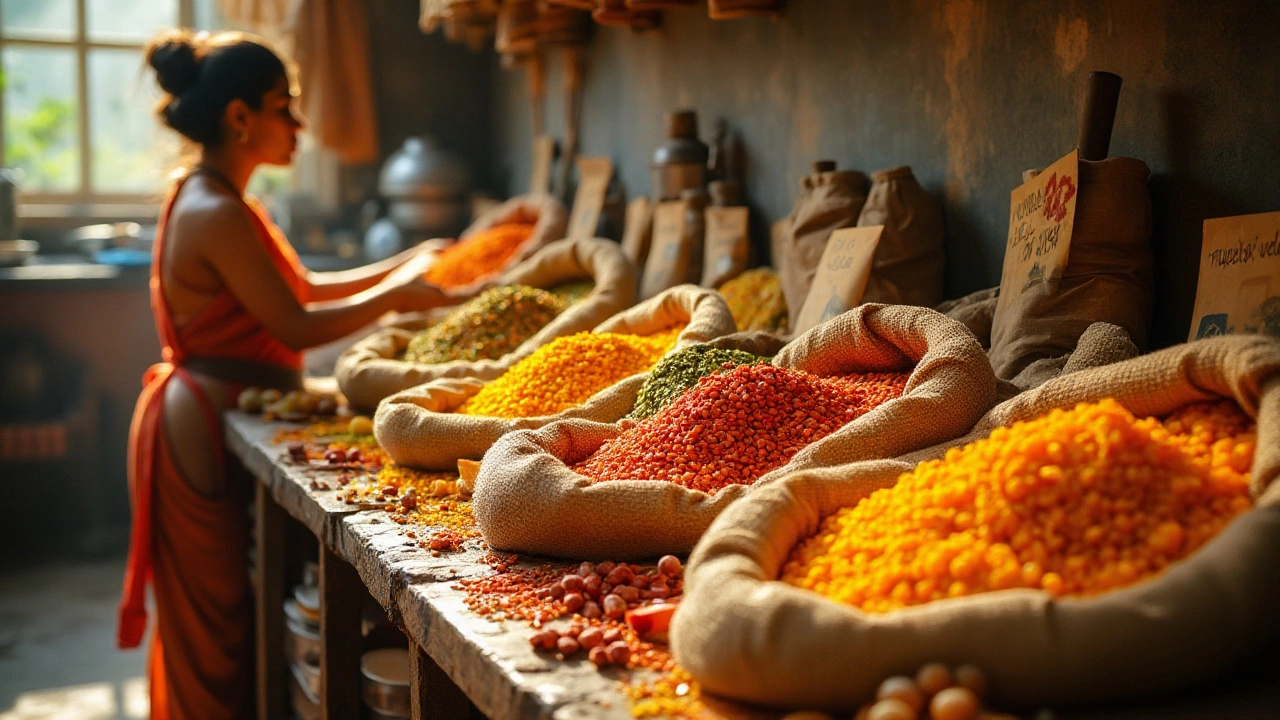Dal Recipes – Simple, Tasty & Healthy Ideas
Dal is the go‑to protein for many Indian homes, but it can feel tricky if you’re new to it. The good news? All you need are a few basics, and you’ll be serving fluffy, flavorful dal in no time. Below are the must‑know tips that make cooking dal feel like a breeze.
Essential Dal Basics
First, pick the right dal for your dish. Split pigeon peas (toor dal) give a classic, slightly sweet taste, while split red lentils (masoor dal) cook fast and stay soft. If you want a richer, buttery flavor, try whole black gram (urad dal). Knowing the type helps you set the right cooking time and water ratio.
Most dals benefit from a quick rinse. Rinsing washes away dust and some of the anti‑nutrients that can cause indigestion. Just place the dal in a bowl, swish with water, drain, and repeat until the water runs clear. It takes less than a minute and makes a big difference in taste.
Soaking is another common step. Soak whole dals for 30 minutes to an hour; split dals often skip soaking. Soaking softens the outer layer, cuts cooking time, and makes the dal easier to digest. If you’re in a hurry, add a pinch of baking soda while cooking – it works like a shortcut for softer dal.
Portion, Protein & Health Tips
Wondering how much dal to serve? For two people, aim for ½ cup dry dal. It expands to about 1½ cups cooked, which feeds two average appetites. If you’re feeding big eaters, bump it up to ¾ cup.
When it comes to protein, some dals outshine others. Soy dal (soybeans) and moong dal (green gram) pack the most protein per cup. Pair dal with a bit of ghee or oil and a squeeze of lemon to boost nutrient absorption.
Eating dal every day is fine for most, but overdoing it can cause gas or interfere with mineral absorption because of phytic acid. Mix up the types you use, add veggies, and include a small amount of spices like cumin and asafoetida (hing) to keep digestion smooth.
Salt and acid (like tamarind or lemon) should be added toward the end of cooking. Adding them early can toughen the dal and lengthen cooking time. Finish with a tempering of mustard seeds, curry leaves, and dried red chilies for that classic Indian aroma.
Now that you’ve got the basics, explore the recipes below. Whether you need a fast weeknight masoor dal, a hearty toor dal with coconut, or a protein‑rich moong dal soup, the tips here will help you nail the texture, flavor, and nutrition every time.
How Long Should I Soak Dal Before Cooking? Expert Guide for Perfect Texture
Soaking dal before cooking improves texture, cuts cooking time, and aids digestion. Learn exactly how long to soak each type of lentil for perfect results every time.
What Happens If You Don't Soak Dal? Real Kitchen Answers
Ever wondered if soaking dal is really necessary? This article covers what happens when you skip the soak, how it changes your cooking time, flavor, and texture, and what it means for digestion. You’ll find real-life tips for busy days and ways to get tasty dal without waiting hours. Learn the science behind soft dal and get answers to kitchen shortcuts that save time.
Do You Need to Rinse Dal? The Answer Might Surprise You
Rinsing dal might seem like a small step, but it can completely change your dish. This article explores whether rinsing dal is actually necessary, what happens if you skip it, and how it impacts taste and health. Learn the science behind rinsing plus practical kitchen tips from seasoned cooks. Make every dal recipe simpler—and tastier—with these insights.
How Much Dal is Enough for 2 People? Your Simple Serving Guide
If you've ever wondered how much dal you actually need to cook for two people, you're not alone. This article breaks down the exact quantity, gives you simple tricks for perfect results, and covers adjustments for hungry days. Find out how dal expands, which types cook up differently, and easy ways to avoid leftovers. No more guessing or wasted food—just clear advice and kitchen-friendly tips.
Dal vs Lentils: What Sets Them Apart (And Why Your Dishes Taste Different)
Ever wondered if dal and lentils are the same thing? This article unpacks the real difference, showing what each term means in kitchens—especially Indian ones. You'll learn why knowing the difference matters for your next dal recipe and how it can make your meals turn out just right. Plus, there are some smart shopping and cooking tips to save you confusion in the store and in the kitchen. Spoiler: They’re not always interchangeable.
High-Protein Dal: The Best Choice for Your Meal
Discover which dal packs the most protein and how it can be a flavorful addition to your meals. Explore different types of dal, tips for maximizing their protein content, and simple preparation methods. Learn about the nutritional benefits and what makes certain dals stand out in protein content. Equip yourself with practical knowledge to incorporate dal into your diet efficiently.
Disadvantages of Eating Dal Daily: What You Need to Know
While dal is a staple in many diets and celebrated for its protein content, eating it daily might have some downsides. Concerns such as digestive issues due to fiber, the risk of developing gas or bloating, and potential nutrient imbalances are worth considering. Moreover, high levels of certain compounds can affect mineral absorption. It's important to understand how dal fits into a balanced diet to avoid these pitfalls.
Dal Varieties You Might Want to Skip in Your Recipes
Dal is a staple in many cuisines, offering a nutritious and hearty option for meals. However, not all dal varieties are created equal, and some might be best avoided in your everyday cooking due to their potential health impacts or cooking complexities. This article delves into the different types of dal that might not be suitable for regular consumption and provides tips on how to select the right dal for your recipes. Discover how factors such as cooking time, taste, and dietary considerations can influence your choice.
